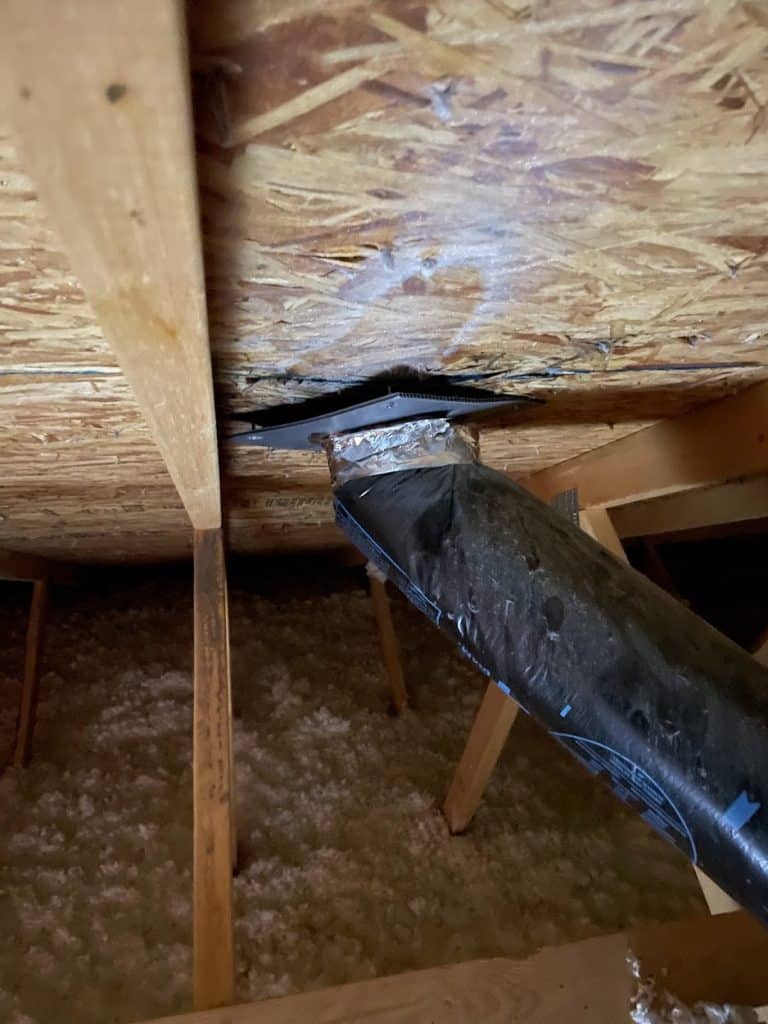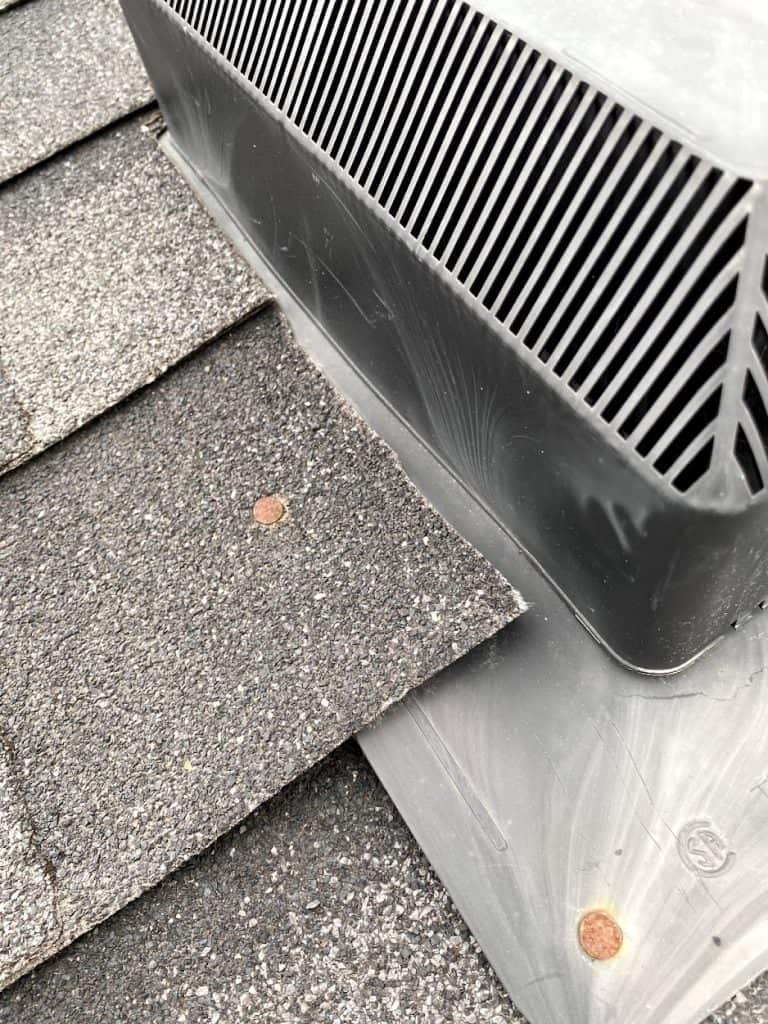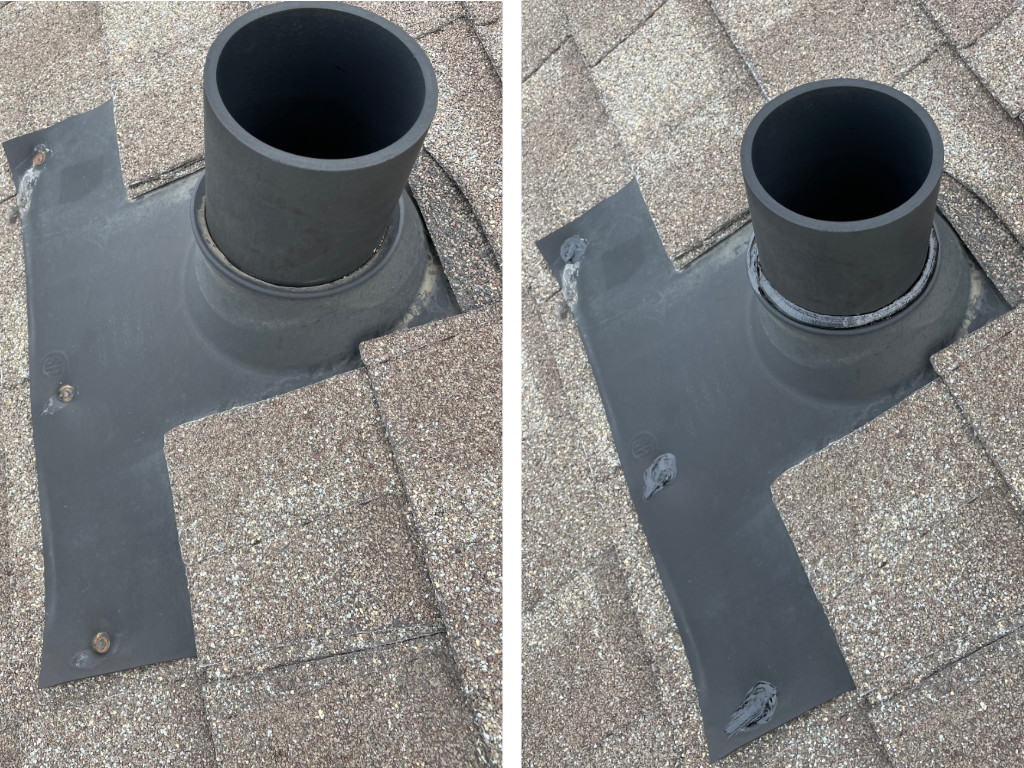>> Read More
We get it – you’ve just got that pristine new roof, and there’s a nagging voice in your head daring you to put a hole in it. And, despite your better judgment, that voice often wins. Maybe you’re contemplating some ‘speed holes’ to make your roof look faster? Or perhaps you’re just feeling a bit…holey?
All jokes aside, here at Whalley’s Four Seasons Roofing, we’re experts at making holes in roofs – and doing it right. Need a skylight? That’s a hole. How about a vent for your attic? Another hole. Got a Starlink cable or other satellite connections? Yep, you guessed it – that’s a hole too. Making holes in roofs is our bread and butter, but it’s not just about creating an opening; it’s about what goes into it.
Think you don’t have holes in your roof? Think again. All those vents, pipes, and even nails – they all create holes. But before you start feeling like Swiss cheese, let’s clear something up. It’s not about avoiding holes altogether; it’s about making the right holes in the right places and making sure they’re done well. That nail in your shingle? It’s a tiny hole, but how it’s handled makes all the difference.
So, let’s dive into the world of roof holes – the good, the bad, and the leaky – and see how making the right ones (and sealing them properly) is key to a healthy roof. And hey, if you’re feeling extra holy this new year, let’s make sure those roof holes are done right.
If Subway employees are called sandwich artists, then we can be called “Roofing Maestros.” Now before you get that pickaxe, chainsaw, or whatever weird invention you want to try out on your roof, remember: you shouldn’t be making holes willy-nilly. Each hole in your roof needs to be a symphony of precision, not a freestyle jazz session.

Here are the top reasons to make a hole in your roof:
In the world of roofing, making a hole is an art and a science. It’s not just about the action of cutting through shingles and plywood; it’s about understanding the purpose behind each hole and executing it with precision. So, the next time you look at your roof, remember, it’s not just a shelter; it’s a canvas of functionality, each hole playing its part in the greater masterpiece of your home.
So, now you know why we need these holes, but what’s the difference between a bad hole and a good hole when it comes to things like nails, skylights, and vents? Well, it’s all about placement and flashing.

Depending on the roofing material and manufacturer, the approach to using nails during installation can vary. If you’re tackling a DIY project and your friend suggests a “better way” than what’s recommended, exercise caution. It’s usually best to stick to the packaging instructions. However, for standard shingled roofs, there are some general rules to follow.
Nails should not be visible on a properly installed roof. When we install shingles, it’s all about creating the right overlap, which is why we work from the bottom up in a diagonal manner. Each time a nail is placed, it’s overlapped by a subsequent shingle. This method ensures that when water sheds off the roof, it should never be in constant contact with the nails.
If you do see nails on your roof, it’s a sign of improper installation. Exposed nails are prone to rusting, and over time, they can leave holes – the bad kind that we want to avoid. Correct nail placement is more than just aesthetic; it’s a fundamental part of ensuring the longevity and integrity of your roof.
Flashing is typically made from materials like aluminum or galvanized steel and is designed to direct water away from critical areas of your roof, such as around skylights, vents, and chimneys. Without proper flashing, these areas are prone to leaks, which can lead to significant damage over time.
The installation of flashing is a delicate process that requires precision and expertise. It’s not just about placing the material; it’s about ensuring it seamlessly integrates with your roofing material and the feature it’s protecting. Regular inspection and maintenance of flashing are just as crucial to prevent deterioration and ensure ongoing effectiveness.
In essence, while the holes we make in roofs are necessary for various functionalities, flashing is what keeps these holes from becoming a homeowner’s nightmare. It’s the difference between a well-functioning roof feature and an unintended indoor waterfall.

When it comes to nails, fasteners, or any exposed elements on the roof, it’s essential to talk about sealants – commonly referred to in the industry as ‘roofing goop.’ The specific type of sealant we use varies based on its location and purpose.
It’s important to note that while sealants are essential in roofing, they must be used correctly. Overuse or improper application can lead to issues down the line. Typically, we use sealants in critical areas such as around vents and fittings, where there are usually three nails or fasteners. Without a layer of sealant, these fasteners are prone to rusting and eventually causing leaks.
Sealants are primarily used to prevent water infiltration around small openings or joints. In the case of vents or other similar installations, a bead of sealant ensures that the point where the fastener penetrates the roof remains watertight. However, it’s essential to monitor these areas regularly. The sealant can degrade over time due to exposure to the elements, long before your roof itself fails. Regular checks can help identify when reapplication is necessary to maintain the integrity of the seal.
It’s also worth mentioning that the choice of sealant depends on the roofing material and the specific environmental conditions. A sealant that works well on a traditional shingle roof might not be suitable for a metal roof, and vice versa.
In conclusion, while sealants (or ‘roofing goop’) play a critical role in protecting your roof, they are not a cure-all solution. Proper application, regular maintenance, and using the right product for the job are key to ensuring these sealants do their job effectively.
Maintaining your roof is a bit like being a detective – always on the lookout for clues of wear and tear. Let’s break down the essentials of roof hole maintenance, sans the magnifying glass.
It’s important to play the role of a rooftop Sherlock Holmes now and then. Check for obvious signs of distress around your roof openings. Are the shingles secure? Is the sealant still doing its job? A little observation can go a long way in preventing bigger issues.
Each season brings its own challenges for roofs. Whether it’s before the summer heat or the winter chill, give your roof a comprehensive check. If you’re not confident in your inspection skills, this is a great time to call in the pros for a thorough examination.
There are times when a problem or a project is just beyond the DIY scope. That’s when you call in the experts.
While DIY has its charms, some tasks need a professional touch. Complex installations, significant repairs, or anything you find during your inspection that seems off – these are moments to reach out for expert help.
Unsure about what you’re seeing up there? That’s where we come in. Our team can provide the peace of mind you need. With the right tools and expertise, we ensure everything on your roof is shipshape.
As we close the chapter on our roofing adventure, remember: it’s all about making those holes with wisdom and sealing them with skill. Regular inspections, be it DIY or with a professional’s help, are key to a healthy roof.
So, in 2024, keep your roof – and your home – in top condition. And when in doubt, don’t hesitate to call in the professionals. We’re here to keep your roof, and your spirits, high and dry.
>> Read More
>> Read More
>> Read More
>> Read More